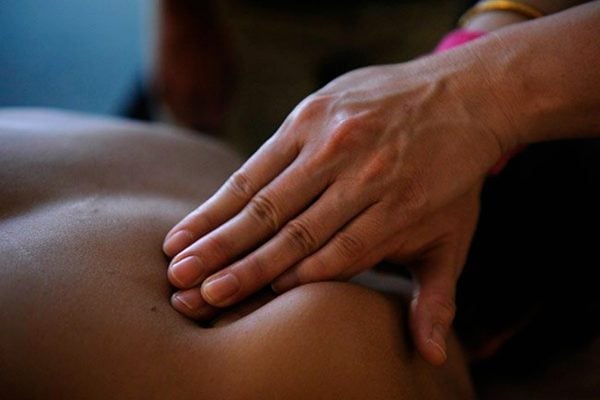
There’s nothing better than having your creaky muscles eased with a great massage, is there?
Only problem is: there are so many different types of massages to choose from. Swedish, hot stone, reflexology, lymphatic drainage… how are you meant to choose the right massage for your needs?
One of the most useful styles of massage available is remedial massage.
Remedial massage, otherwise known as medical massage or sports massage, is somewhat misunderstood, but performed by a qualified remedial massage therapist, it can help with a whole host of injuries and ailments.
From relieving chronic pain and releasing tension to increasing mobility and flushing your muscles, the list of remedial massage benefits is a long one.
For more information, we asked two experts to explain: what is remedial massage, who remedial massage can help, remedial massage health fund rebates and how to find a good remedial massage therapist.
Before we get into all things remedial massage, check out PT Sam Wood’s banger office workout tips to improve your posture at work. Post continues after video.
What is remedial massage?
The short version?



Top Comments
My Physio uses this type of massage, and it’s brilliant. I’ve had a few lower back issues, and last time I went from barely being able to move to walking with no trouble within a couple of days.